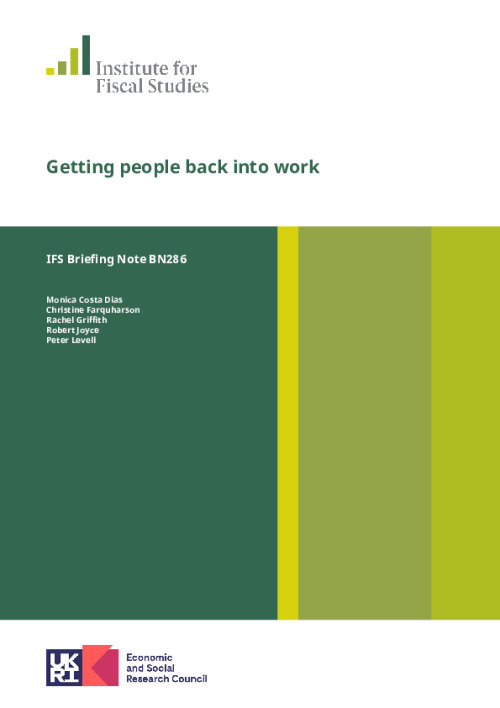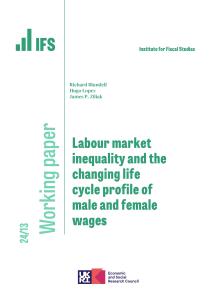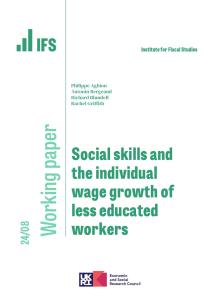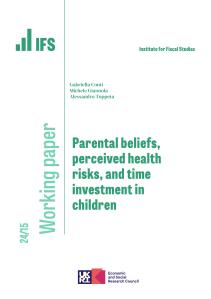Downloads

Final-BN286-Getting-people-back-into-work.pdf
PDF | 635.49 KB
This Briefing Note was first published on 4th May 2020. A variant of the note with very minor updates has been published in Covid Economics, and the Briefing Note itself has been amended to reflect the same updates.
Governments are starting to ease restrictions to economic activity. The risks of easing these measures too soon, or in misguided ways, are obvious, not only for public health but also for the economy. A world with no lockdown and a pandemic spreading rapidly through the population does not make for a healthy economy; nor, in all likelihood, does a world in which containment measures have to be repeatedly reinstated after being eased prematurely or in suboptimal ways. We discuss some key economic issues that the UK government needs to face when thinking about how best to get people back into work: we assemble some basic empirical evidence, identify some challenges that policymakers will need to confront, and discuss some policy considerations.
Download the full report here.
Authors

CPP Co-Director, IFS Research Director
Rachel is Research Director and Professor at the University of Manchester. She was made a Dame for services to economic policy and education in 2021.

Deputy Research Director
Monica is a Deputy Research Director and Professor of Economics at the University of Bristol, with an interest in Labour, Family and Public Economics.

Deputy Director
Robert is a Deputy Director. His work focuses on primarily on the labour market, income and wealth inequality, and the design of the welfare system.

Associate Director
Peter joined in 2009. He has published several papers on the microeconomics of household spending and labour supply decisions over the life-cycle.

Associate Director
Christine's research examines inequalities in children's education and health, especially in the early education and childcare sector.
Report details
- DOI
- 10.1920/BN.IFS.2020.BN0286
- ISBN
- 978-1-912805-76-1
- Publisher
- IFS
Suggested citation
Costa Dias, M et al. (2020). Getting people back into work. London: IFS. Available at: https://ifs.org.uk/publications/getting-people-back-work (accessed: 3 May 2024).
More from IFS
Understand this issue

Big firm, little firm: are differences between companies driving inequality and holding back growth?
30 August 2023

How did parents’ experiences in the labour market shape children’s social and emotional development during the pandemic?
1 August 2023

Disability, illness and pain are real problems for the entire economy
28 August 2023
Policy analysis

How has the NLW affected pay differentials within firms?
16 February 2024

Progression of nurses within the NHS
12 April 2024

The IFS Scottish Budget Report – 2024–25
22 February 2024
Academic research

Labour market inequality and the changing life cycle profile of male and female wages
15 April 2024

Social skills and the individual wage growth of less educated workers
27 March 2024

Parental beliefs, perceived health risks, and time investment in children
15 April 2024